This article contains an overview of natural green dyes that can be used to dye both yarn and fabric.
The first color that comes to mind when thinking about nature is green. Green is everywhere, in the grass and the trees, the flower leaves and vegetable plants. But did you know that green is actually one of the more challenging colors to create with natural dyes? Today we will explore different options to create green colorways on yarn and fabric.
This post contains affiliate links. I may earn a small commission if you use these links, at no cost to you. I only recommend products that I find value in myself. See my full disclosure here. Thank you for your support!
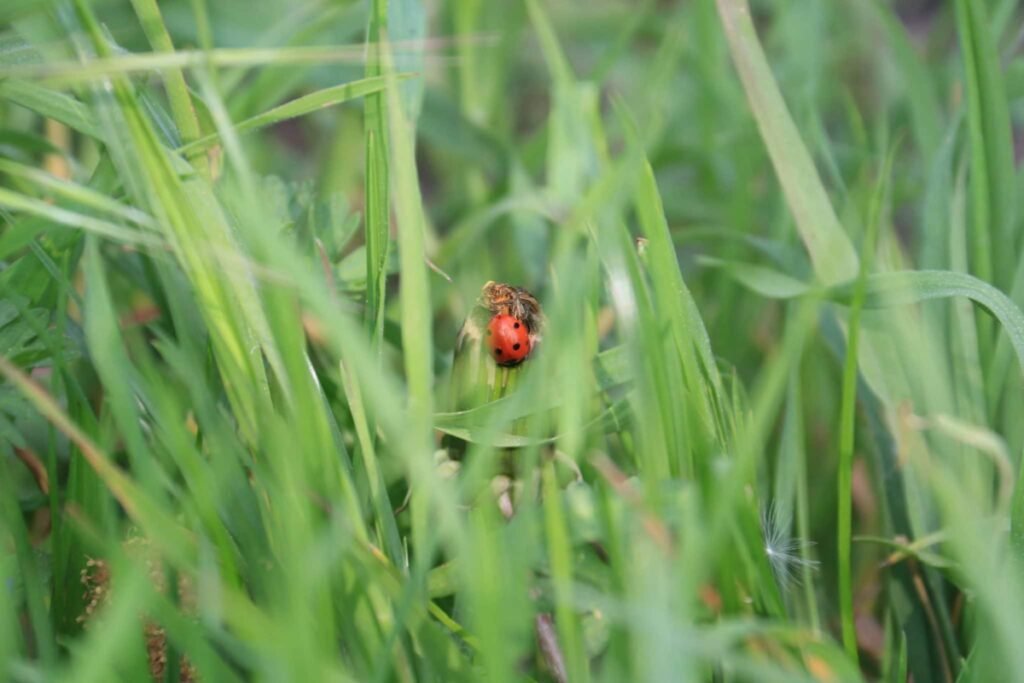
If you want to learn how to dye yarn with natural dyes, you can check out this step by step tutorial on my Youtube channel:

Method #1 to Create Natural Green Dyes
A simple option to achieve green colorways with natural dyes is to create a different colorway first and modify the yarn or fabric with the help of iron sulfate in a second step to shift the color towards green.
What is Iron Sulfate?
Iron(II) sulfate or ferrous sulfate (FeSO4) is a salt. It can damage the wool and make it brittle when used in high concentrations and over longer periods of time. Therefore, I don’t use iron(II) sulfate as a mordant. Adding an iron modifier will make the colors darker and duller in tone. It can also completely transform a dye color.
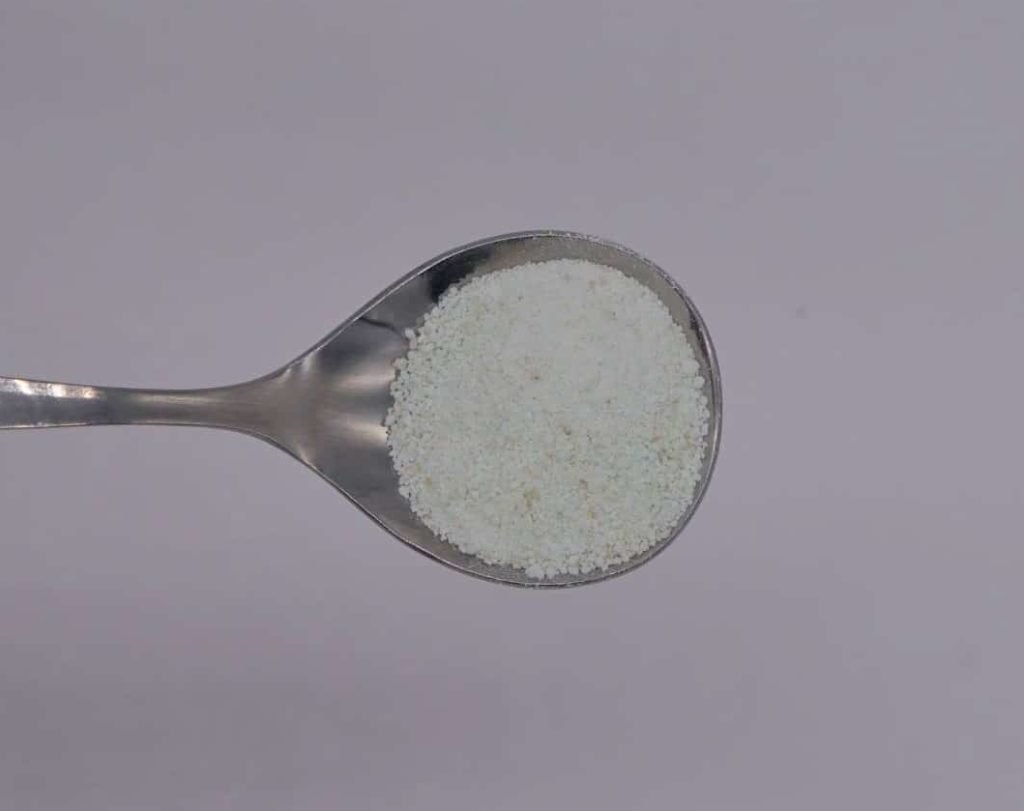
Application of Iron Sulfate:
I have great success with dissolving 1.5 g of ferrous sulfate per 100 g skein of yarn in cold water. I put the yarn in the iron bath and leave it for 30 minutes without heating. If I am not happy with the result, I will leave the yarn in the bath a bit longer, but never more than one hour. In my experience, this doesn’t damage the fibers but you can still get great color modifications.
From my experience, this method can be successfully applied with the following dyestuff:
Here are some examples:
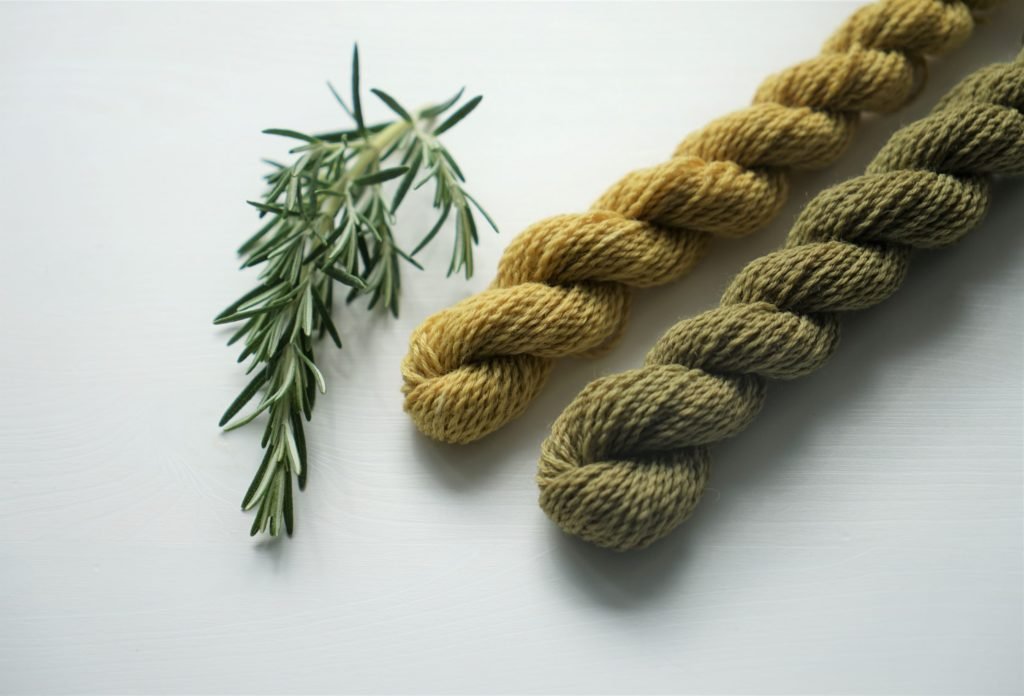
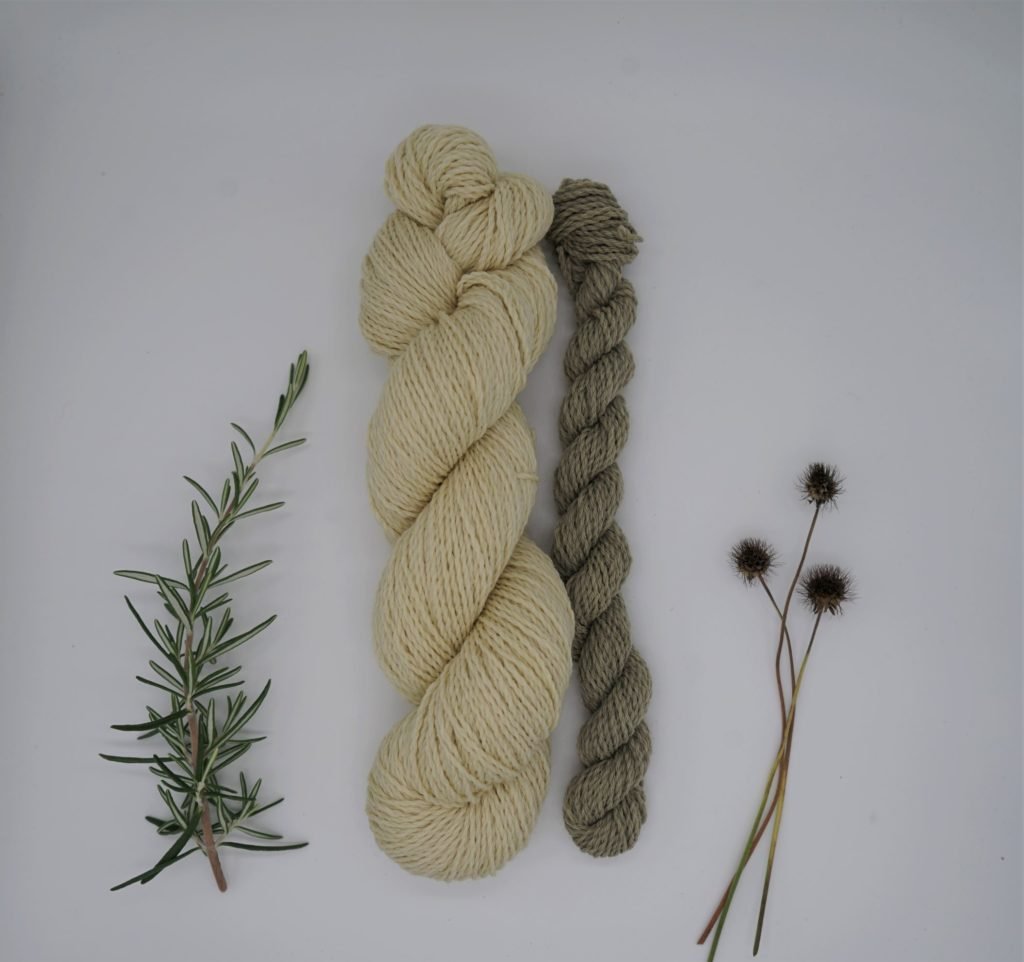
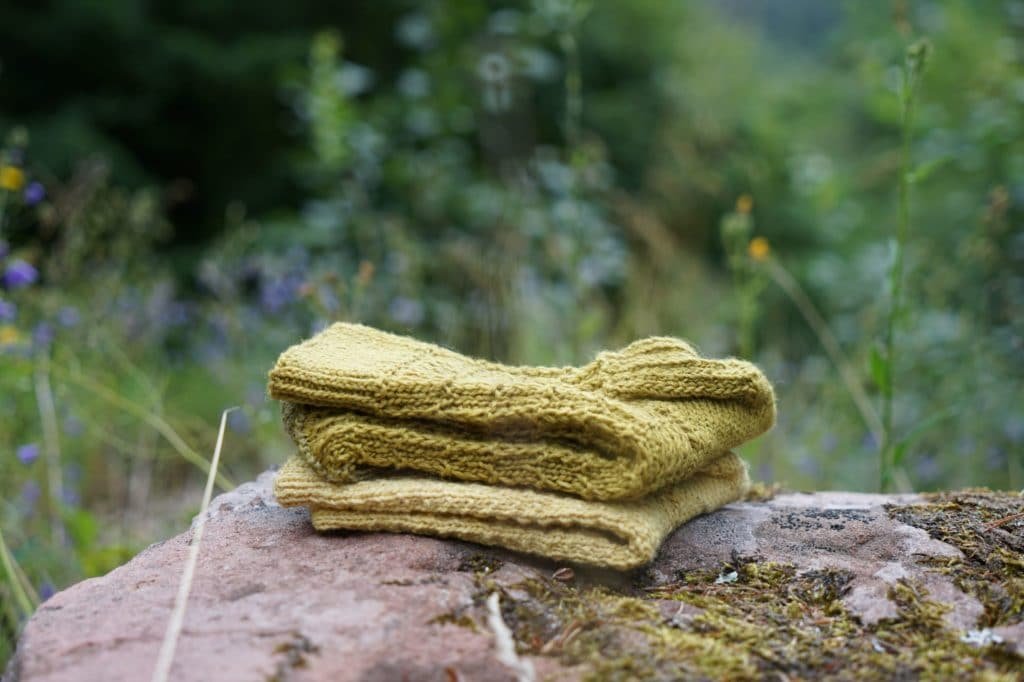
Method #2 to Create Natural Green Dyes
But if green isn’t the most readily available colorway you can create with natural materials, which color is it instead? The answer might surprise you: it’s yellow.
Here are some examples of dye plants or natural materials you can use to create yellow. Whenever there is a specific tutorial of how to use this dyestuff already on my website, it will be linked for you down below.
- Dandelions
- Dyer’s Chamomile
- Elderberry Leaves
- Fustic
- Goldenrod
- Onion Skins
- Pine Needles
- Pomegranate Skins
- Queen Anne’s Lace/Wild Carrots
- Roses
- Reseda
- Sunflowers
- Weld
We can use the fact that yellow dye is so common in nature to our advantage when creating greens. To wrap your head around this, you have to take the color wheel into consideration. The three primary colors are red, blue and yellow. Green is a secondary color and can be created by mixing yellow and blue.
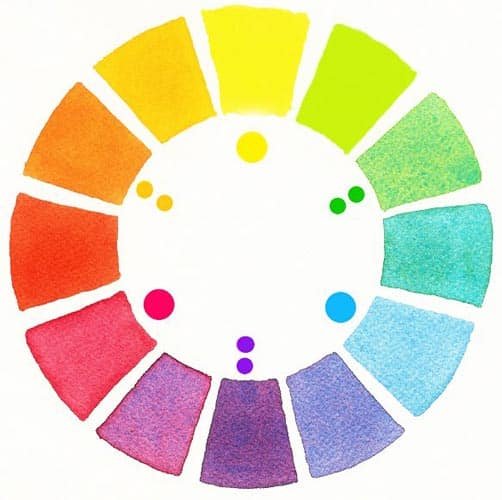
image source: Art Graphica
So, if yellow is a colorway that can easily be created with a number of different dye plants, how you can you go from yellow to green? The answer is creating a yellow colorway first and overdyeing it with a blue dyestuff afterwards (or vice versa). The resulting colorway will be green.
The following natural materials create blue colorways:
- Indigo
- Woad
Different hues of yellow will result in different shades of greens. This depends on the specific dyestuff you have used to dye your yarn or fabric yellow. Here are some examples of green colorways I created with this method. All of these colorways have been achieved by using indigo as the blue dye source.
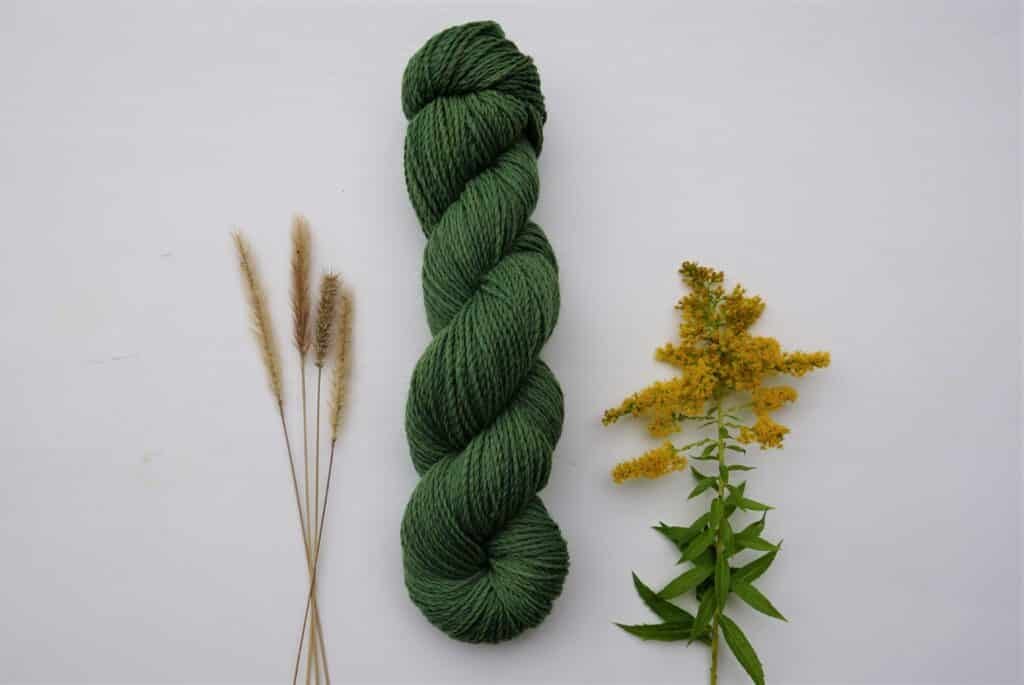
“Pine” – colorway dyed with goldenrod and indigo
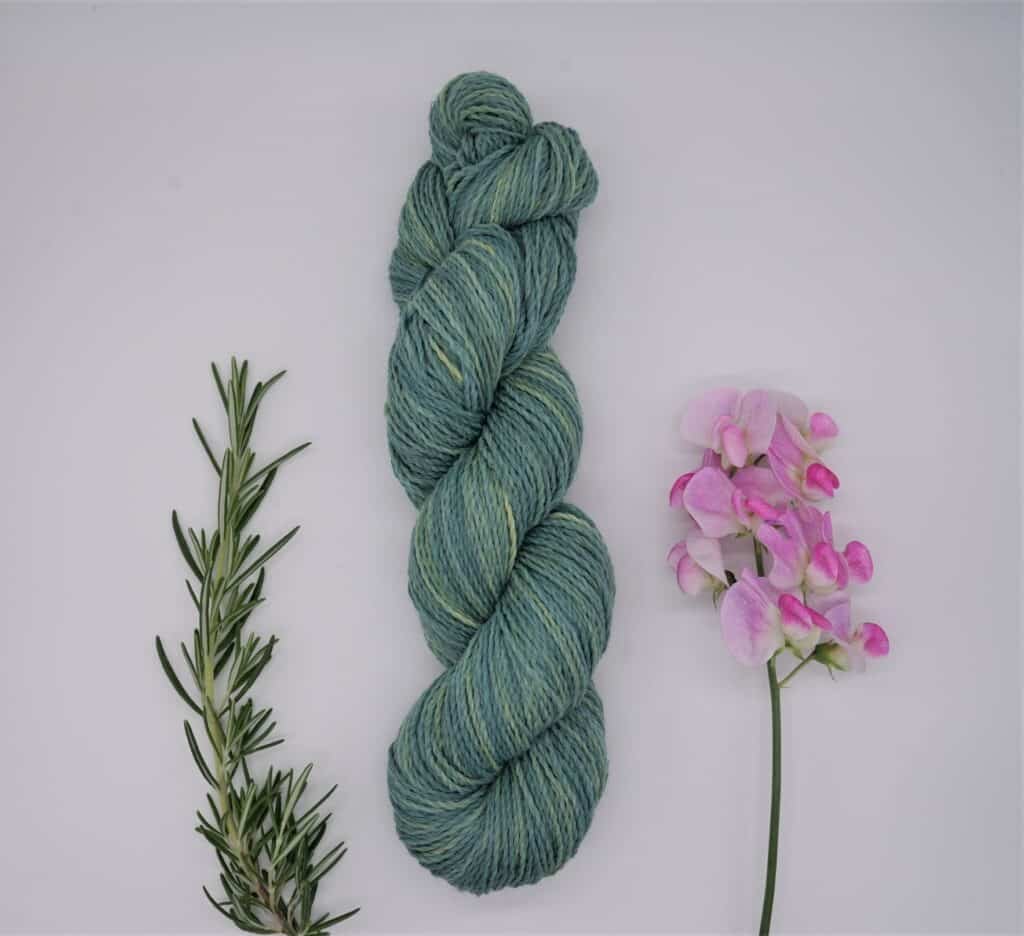
“Midsummer” – colorway dyed with reseda and indigo
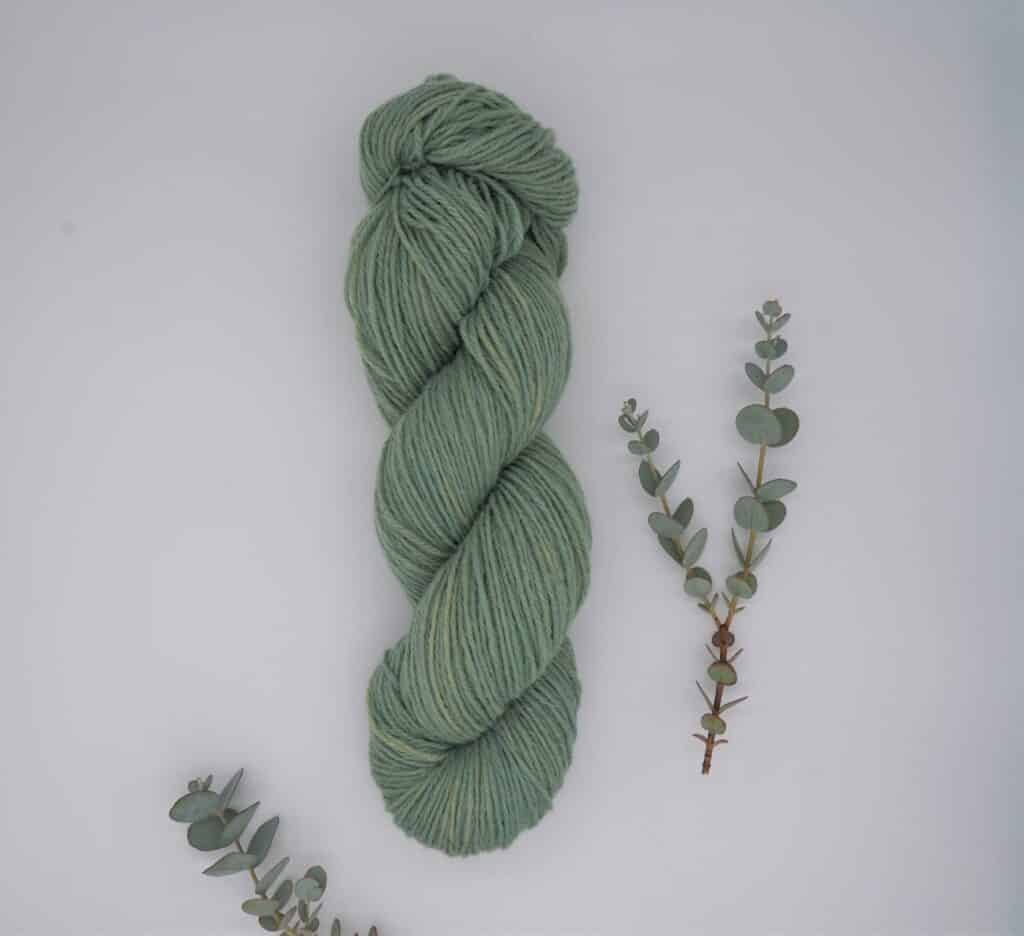
“Eucalyptus” – colorway dyed with nettles and indigo
Can you make Green Dye with Spinach?
While it is possible to use spinach leaves as a green dye color source, the dye is unfortunately not colorfast. This means that the colors will fade quickly when exposed to sunlight or water. If you are looking for a way to naturally color food like Easter eggs or homemade pasta, you can indeed use spinach to create green colorways.
Is Common Reed a suitable Dyestuff to Create Green?
During my research for this article I came around common reed or Phragmites australis. Several natural dyers mentioned that they were able to achieve a green colorway when dyeing with common reed – without overdyeing or modifying with iron. However, I couldn’t find any information on the colorfastness of this dye. If you are able to forage for common reed in your surrounding area, it might be worth giving it a shot anyways and see where the experiment takes you.

What is your favorite way to create green colorways using natural dyes? Come share in the comments!
Pin It For Later: Natural Green Dyes for Yarn and Fabric
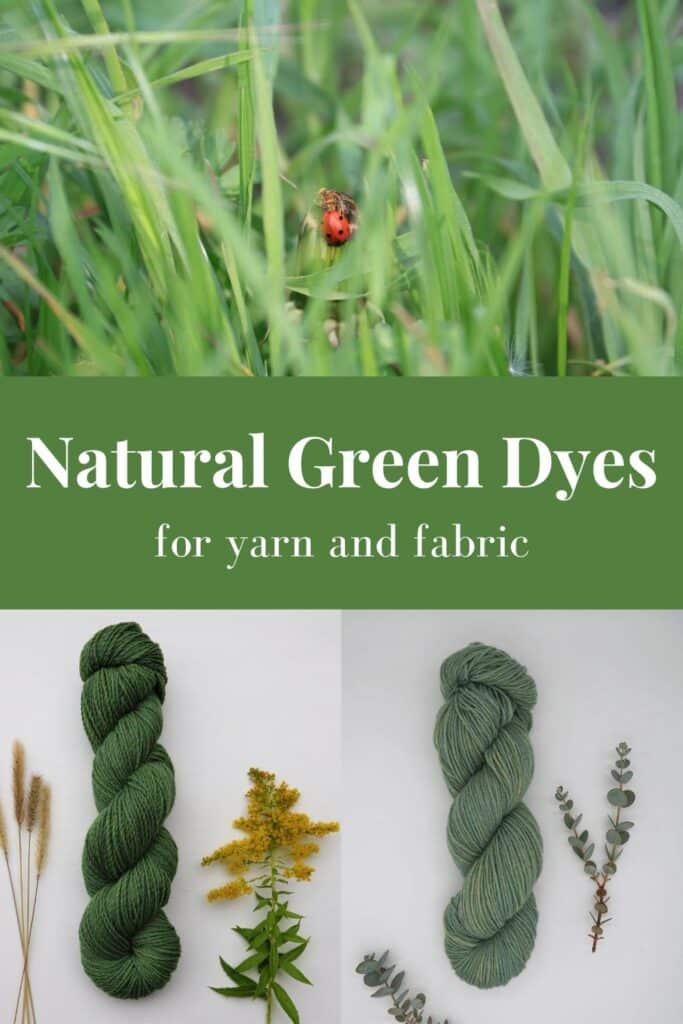
And if you are interested in naturally dyeing fibers in a different colors, check out my blog post about Naturally Yellow Dyes for Yarns and Fabrics.
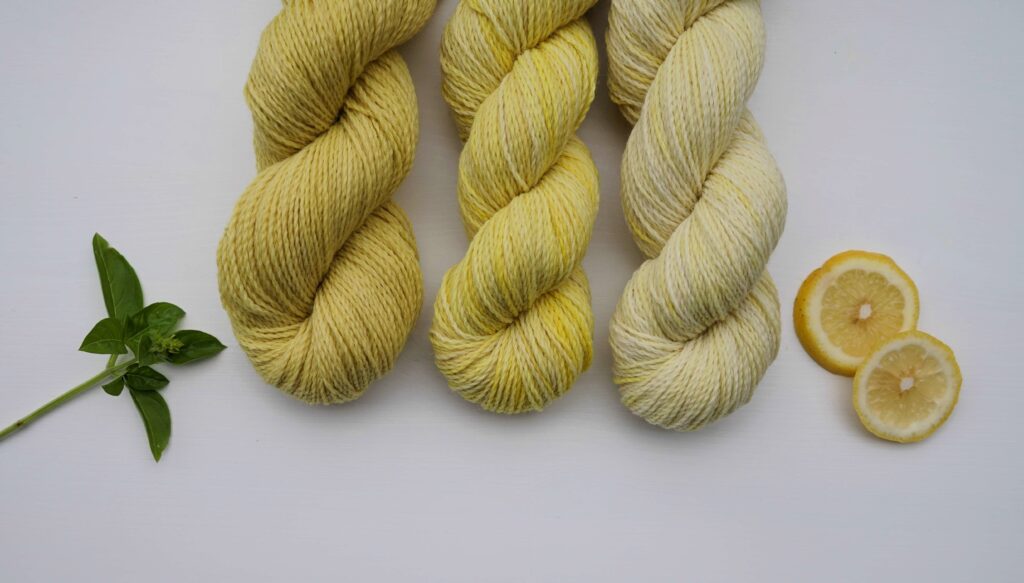
Want to learn how to dye yarn using natural dyes?
I have created a beginner’s guide to natural dyeing that contains everything you need to know to get started. And the best thing: it is available for free!
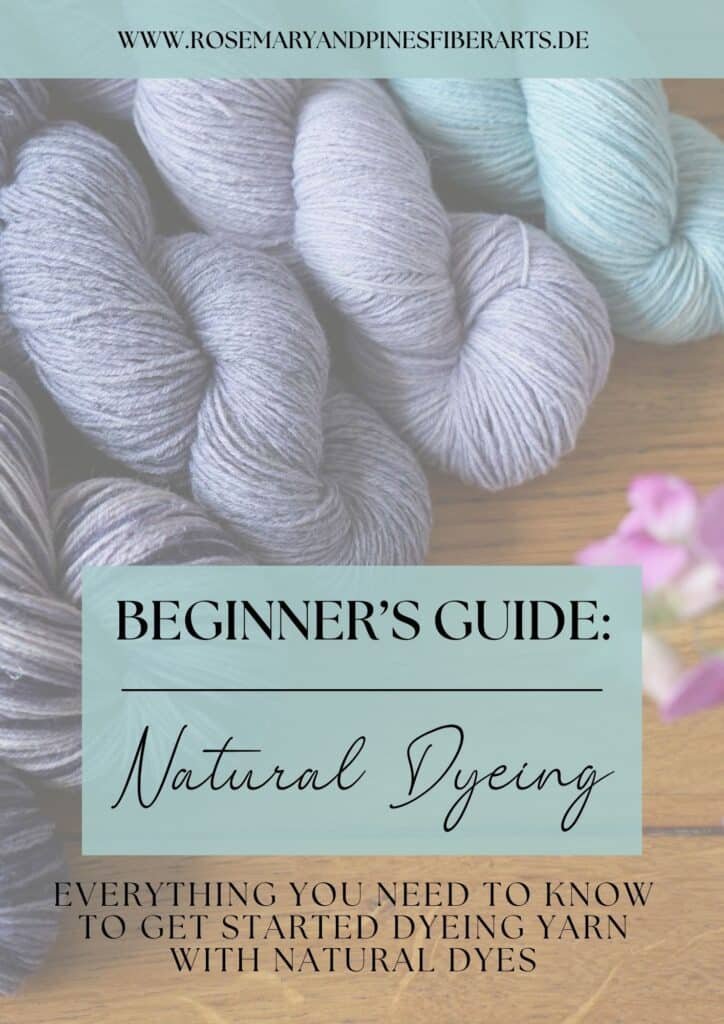

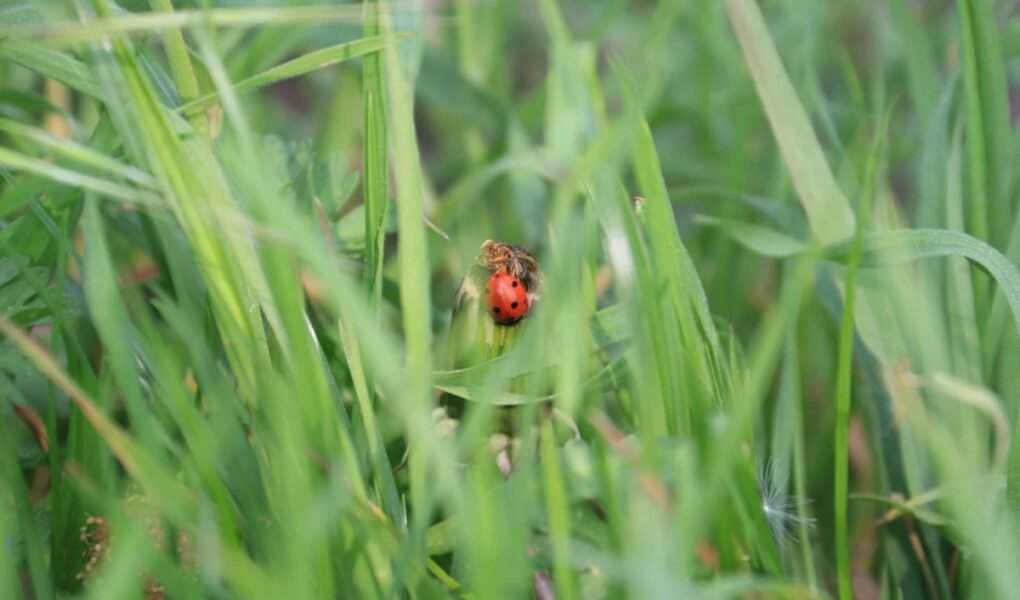
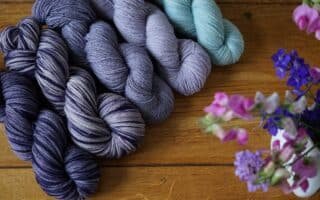
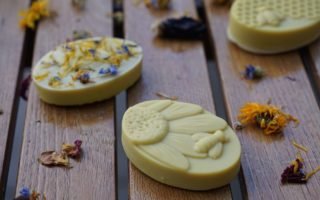
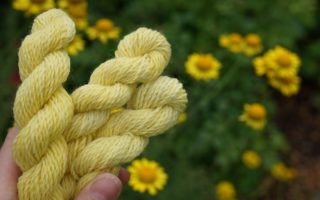
Hi Annika
I wonder if you can offer me some advice? I am planning on reupholstering my sofa using this organic heavy satin fabric – https://www.greenfibres.com/heavy-satin-organic-unbleached – I will need 15 square metres. I would like to dye this with the beautiful combination you suggest of goldenrod and indigo – is there any way you could send me a recipe to use? Happy to pay.
All the best
Jemima
Hi Jemima, I just sent you an email about this. Kind regards, Annika
Hi Annika! Thank you for this. I’m looking for a way to get olive green without iron and without alum because I want to be metal-free for my health. Have you been able to produce that colour?
Hi Myriam, That’s a tricky one 😉
Normally, I would suggest using rosemary and modifying it with iron afterwards in order to get an olive green.
But if you don’t want to use neither alum nor iron, I would suggest choosing a colorfast yellow dye material and overdyeing it with fresh indigo leaves. I think a strong dye bath of yellow onion skins could give you the desired olive green you are looking for.
I hope this helps. Kind regards, Annika
You have some beautiful greens. I’m particularly in love with “Pine”. Another green is derived from the fuzzy leaves of Black Eyed Susan which yields a rich olive green. A tip, using soy mild on bast fibers greatly improves color retention. Where can I find the proportions for your dyes?
Thanks for the great info
Leah
Hi Leah, Thank you so much for your valuable comment and tips. What do you mean by proportions? The dye recipe with the exact amounts of dyestuff I used? If so, you can send me an email me at rosemaryandpinesfiberarts@gmail.com. Kind regards Annika
Excellent info !
I am dying cottons and China silk.
I mostly use alum for my mordant.
This powder hold the color well.
I use pine needles medicinally ,
But will try it as a dye with
Iron.
I am growing woad , but it’s not ready to harvest .
I will look into purchasing some
Indigo , love the greens from mixing , golden rod .
Beautiful natural plant dyes.
Bring it back from the past!
Thank you
Jai , 9 Pine Designs
Hi Jai, Thank you so much for your comment! Kind regards Annika